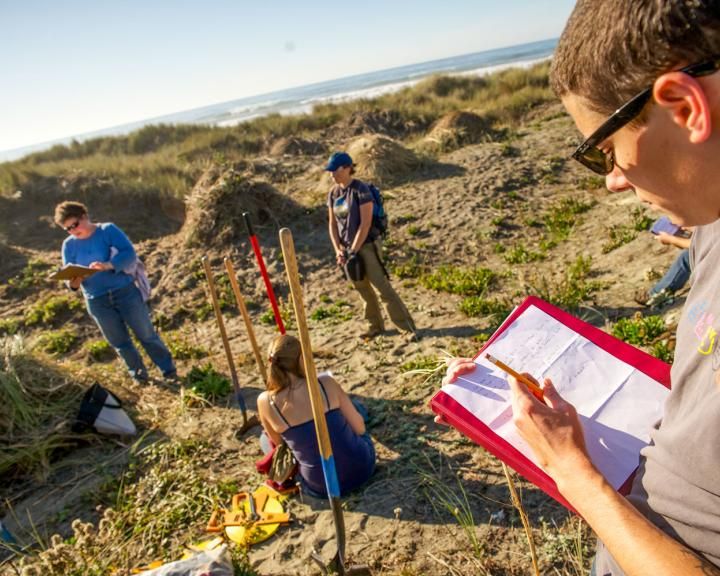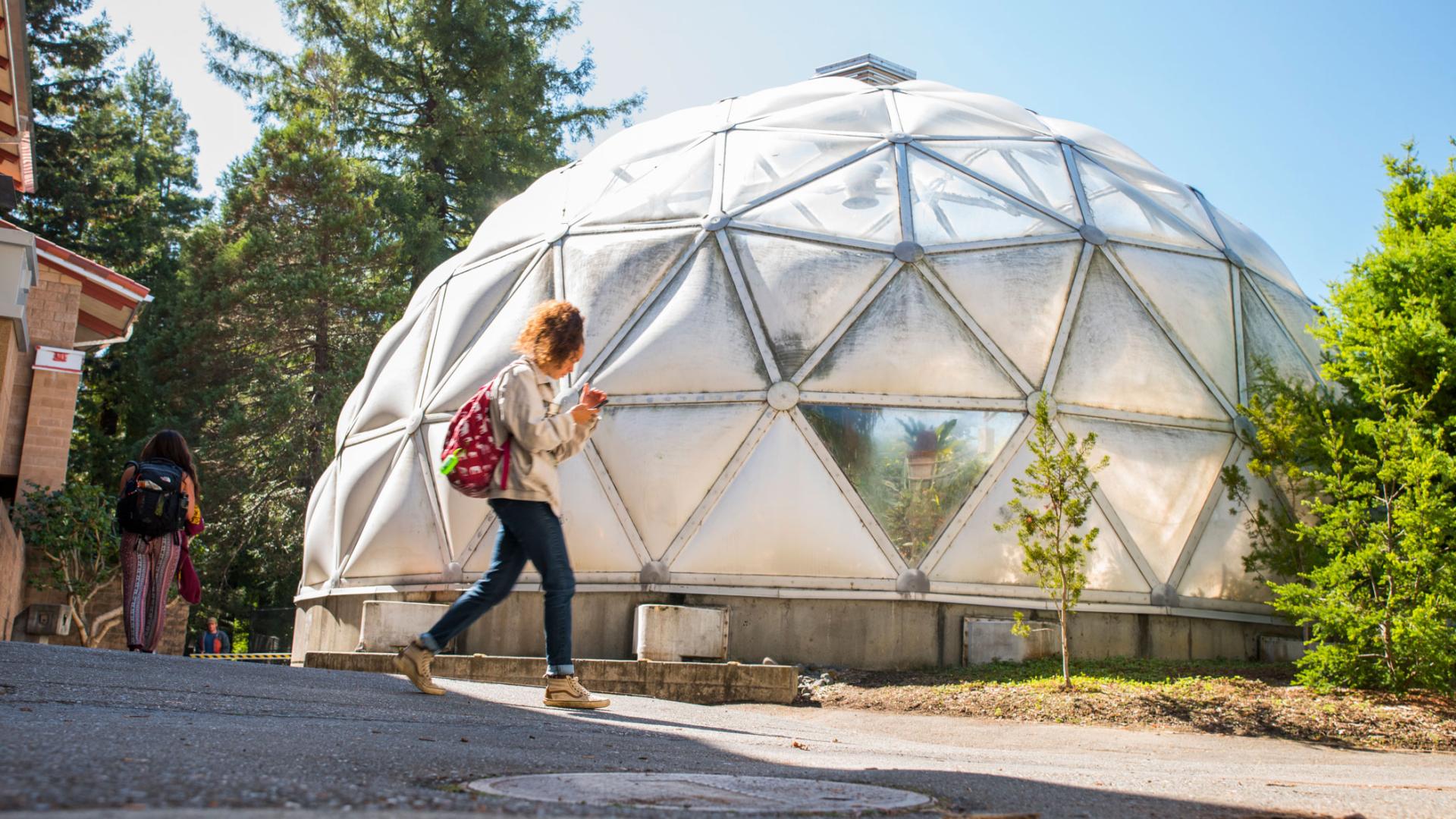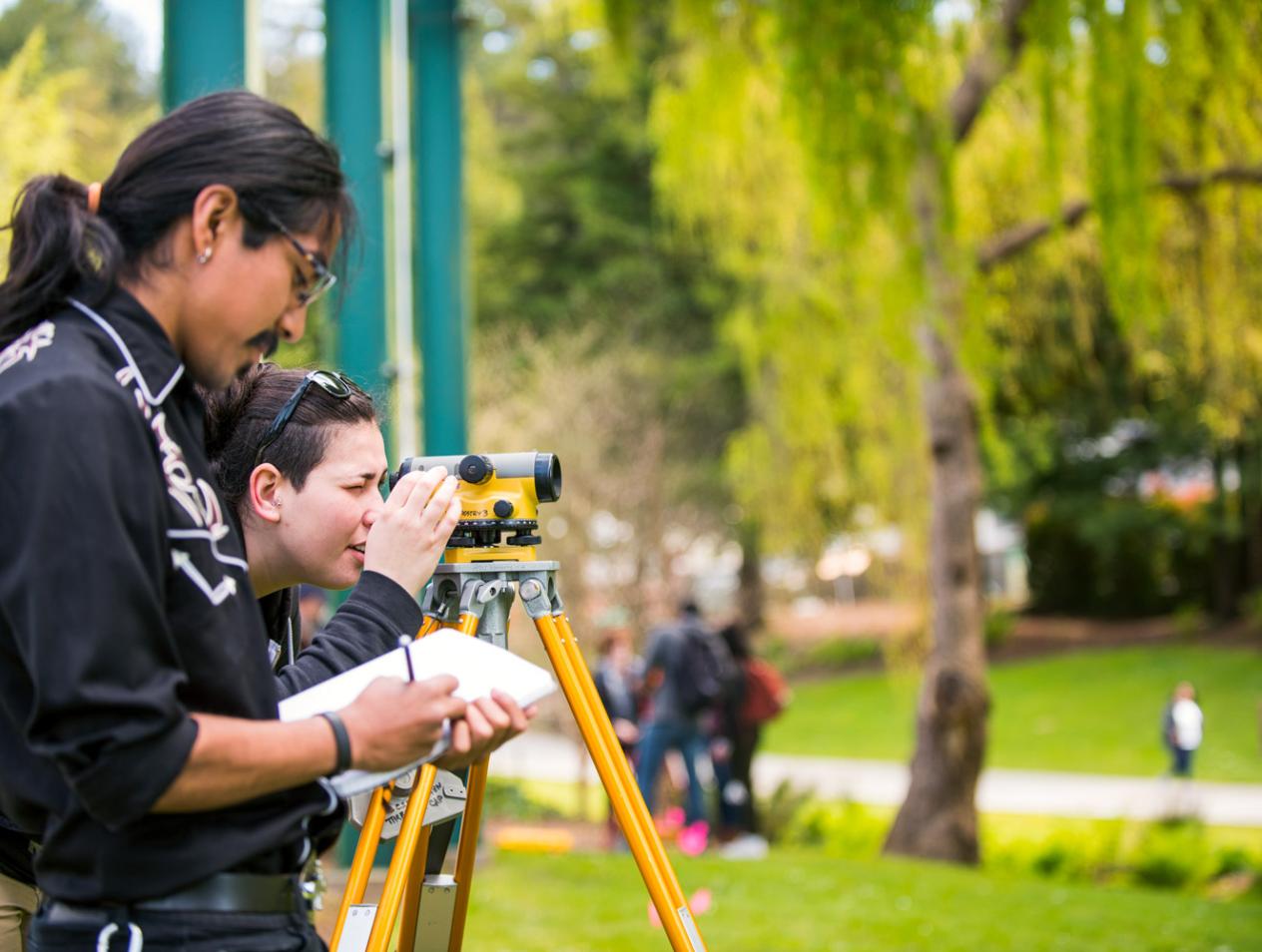Breadcrumb
Environmental Science & Management, B.S.
Science-based knowledge and practical solutions to our environmental challenges are at the heart of our program. With the support of faculty and opportunities to do field research in Cal Poly Humboldt’s ecologically diverse region, you’ll explore the relationships between people and the natural world.
Why this program
Many lab sessions are held in nearby natural habitats, such as the Arcata Community Forest, Arcata Marsh & Wildlife Sanctuary, and Redwood National and State Parks. There are also day-long or multi-day field trips to places like the Trinity River, Crater Lake National Park, Trinity Alps Wilderness, and the Mattole River watershed.
Professors like Alison O’Dowd make sure to involve undergraduates in their research. Her students have examined the complex interplay between dams, seasonal flow, and aquatic invertebrate community dynamics in the Eel River.
In addition to the wide array of courses available at Cal Poly Humboldt there are also opportunities to experience hands-on learning through study abroad and field programs. These program works in partnership with global educational institutions to support and promote sustainable initiatives locally.
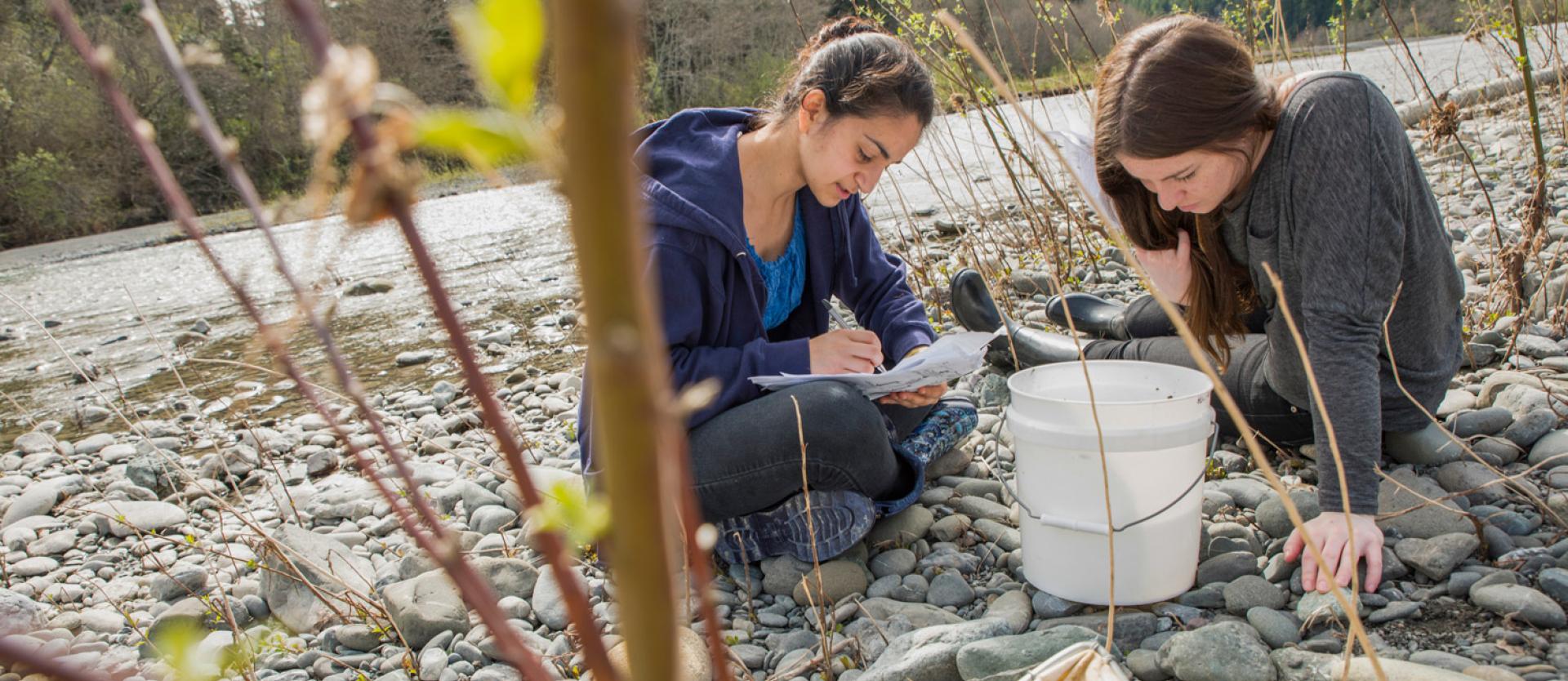
Program Concentrations
Ecological Restoration students learn how to diagnose sources of degradation within ecosystems and in turn how to assist in the recovery of habitats such as rivers, wetlands, forests, rangelands, and urban landscapes.
Students in the Energy and Climate concentration learn how to apply practical solutions to environmental problems by exploring the interactions between climate change, technology development, and human institutions.
Environmental Education & Interpretation students focus on the art and science of communicating environmental narratives to the general public in order to help others understand and appreciate the natural and cultural world.
The Environmental Planning and Policy concentration focuses on how to develop plans and policies to best manage our use of natural resources today while sustaining the ecosystems they are drawn from for the future.
Geospatial Science allows environmental scientists and resource managers to better understand and manage challenges related to socio-environmental issues on a spatial scale and through maps.
Did You Know?
Our department is a community where all types of environmental issues can be explored, including energy sustainability, reducing our consumption of natural resources, and protecting our public lands.
As an incoming freshman, you’ll automatically be part of the Klamath Connection place-based learning community, an exciting way to connect with other freshmen, meet the faculty, get all the classes you need for your first semester, and have an opportunity to live with students in related majors in the residence halls.
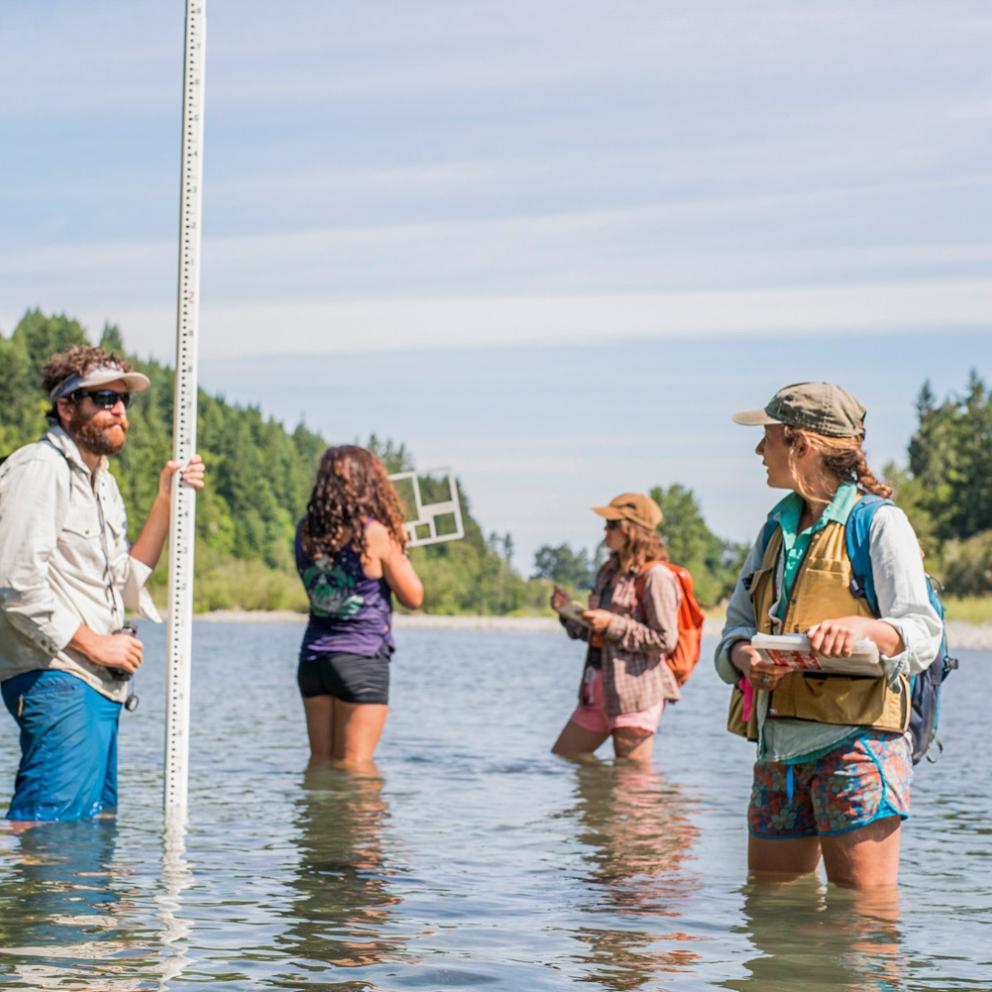
Careers
With a strong foundation in science, analysis, and communications, you’ll be highly prepared for your future.
- Coastal Program Analyst
- Climatologist
- Ecologist
- EcoTourism Manager
- Environmental Scientist
- Land Management Supervisor
- Nature Writer
- Park Ranger
- Pollution Control Technologist
- Recreation Specialist
